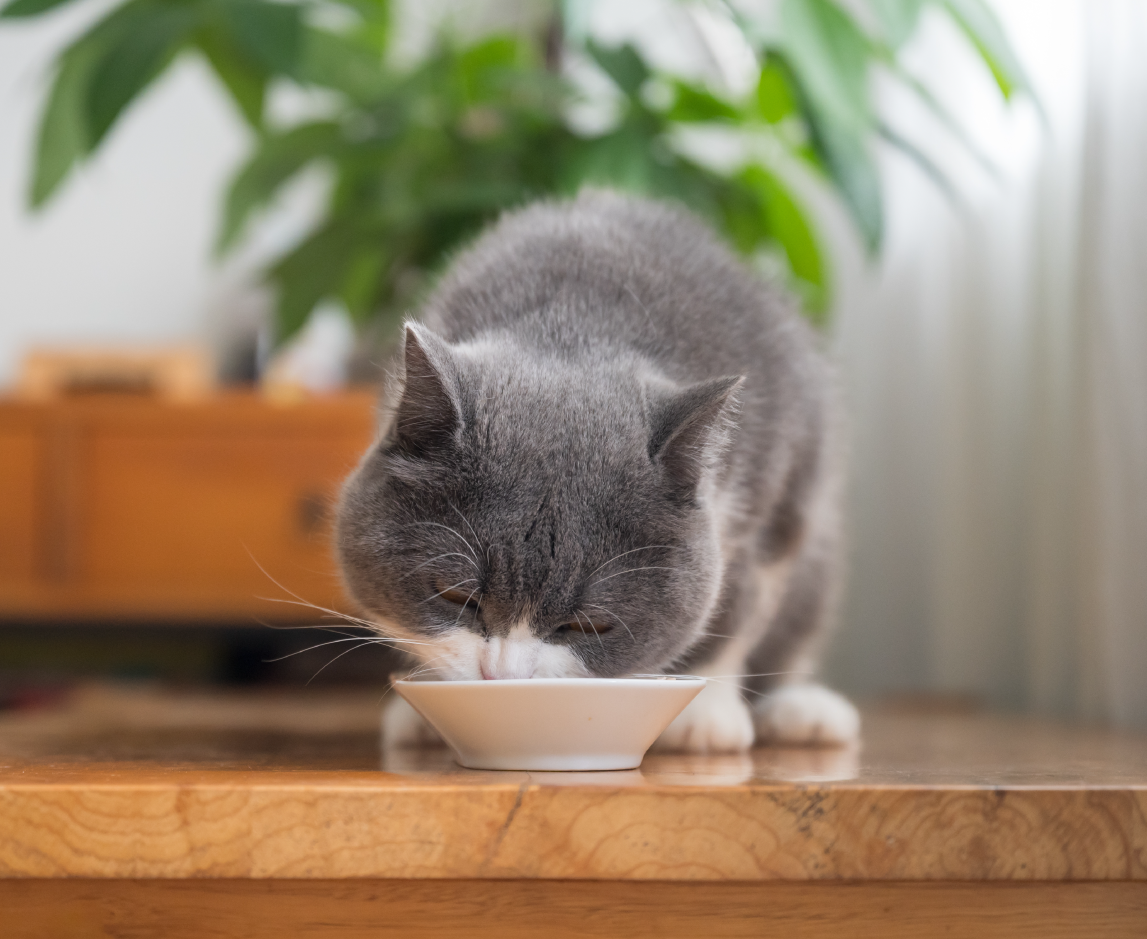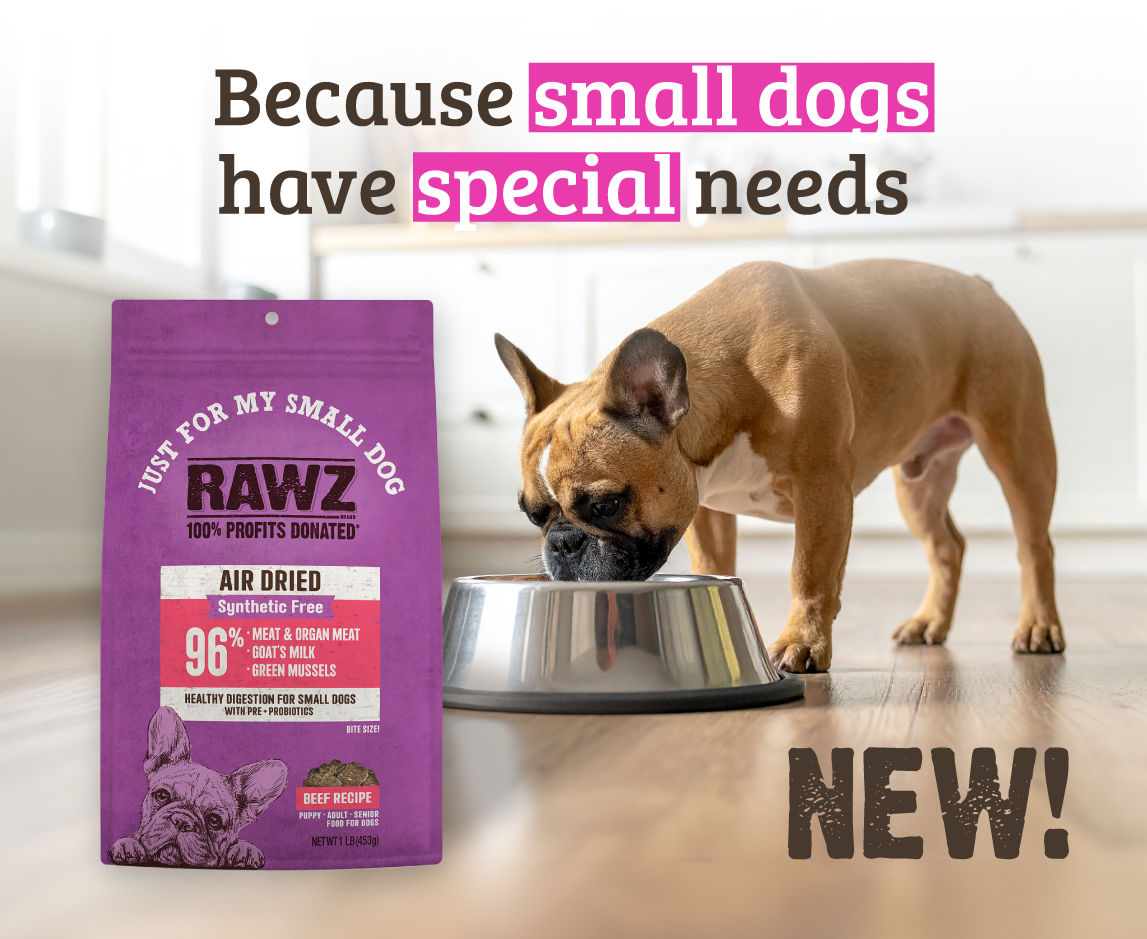We know the importance of protein in a healthy human diet, but have you ever considered how much protein your cat needs? As proud cat owners, we share a goal of helping our feline friends live long, healthy lives. The best way to promote the health and well-being of your cat is to provide nutritious food — and it starts with protein.
From the best protein sources to optimal intake, we’ve got everything you need to know to keep your whiskered companions healthy and purring with content.
The Importance of Protein for Cats
Cats are obligate carnivores, physiologically designed to thrive on a meat-based diet. As their primary energy source, protein is necessary for maintaining their overall health.
Cats require 20 essential amino acids, like taurine and arginine, which serve as the building blocks of proteins. These amino acids help them develop and repair crucial body parts such as fur, skin, muscles, claws and instrumental elements of the immune system. Remarkably, 11 of these amino acids can only be obtained through food — further underscoring the significance of quality protein-rich food sources.
Cats' protein requirements vary depending on age, activity level and health. Therefore, when tailoring your feline's protein intake, it's important to consider their individual needs.
How Much Protein Does a Cat Need?
While cats generally need two grams of protein per pound of body weight, the amount of protein your cat requires depends on age, activity level and health condition. Here are a few guidelines to help you determine a healthy protein level for your cat, but always consult your vet before making significant dietary changes.
Kittens & Pregnant Cats
During pivotal periods of growth and development, like kittenhood and pregnancy, cats have increased protein requirements. To support their rapid growth, kittens and pregnant cats usually require food that contains 30% protein on a dry matter basis.
This heightened protein intake promotes the development of muscles, bones and vital tissues in kittens and pregnant cats’ future offspring.
Adults
Healthy adult cats typically require food that contains at least 26% protein on a dry matter basis. This protein level will support muscle maintenance, metabolic processes and organ function.
However, it’s important to keep in mind that cat protein requirements vary from feline to feline. Highly active cats, such as those who love outdoor exploration, need additional protein to support their increased energy usage and muscle repair. Likewise, cats recovering from illness or with certain health issues may need additional protein to help aid in tissue repair or with immune system support.
Senior Cats
Cats' nutritional needs change as they age, including their protein requirements. Because it’s harder for older cats to break down nutrients, it’s best to provide them with diets that consist of highly digestible protein.
Food that contains 40-50% protein on a dry matter basis helps senior cats receive the amino acids needed to maintain muscle mass and support other vital functions. That said, if your cat has a health condition like kidney disease they may need less protein as excessive protein intake can strain their kidneys.
When determining how much protein your cat should have daily, it can be helpful to consult your vet. They can help you find the optimal protein intake and offer personalized dietary recommendations that are best suited to your feline.
How Much Protein Is in Cat Food?
When examining labels to determine cat food protein content and nutrition, you’ll likely see the term “crude protein percentage.” If you’re wondering what crude protein in cat food is, this percentage represents the amount of protein estimated in the product based on total weight, including moisture content.
To accurately determine a cat food's true nutrient composition, you need to remove moisture from the equation. Doing so will help you find and assess protein levels on what’s known as a dry matter basis.
To calculate protein content on a dry matter basis, follow these steps:
- Find the moisture content on your cat food label and subtract it from 100%. The remaining number will reflect the dry matter content.
- Divide the crude protein percentage by the dry matter content found in the previous step.
- Multiply the resulting number by 100. This will reflect protein content on a dry matter basis.
Performing these calculations can help you identify high-protein foods for cats and make informed choices that meet your furry companion’s specific protein needs.
Choosing the Best Protein Sources for Cats
Not all protein sources are equal. Because of the crucial role of protein in a cat’s diet, selecting the right protein sources is paramount. Look for highly digestible animal-based proteins that contain essential amino acids. Egg whites, organ or muscle meat from naturally-sourced animals and fish are all highly digestible and some of the best proteins for cats. And, to promote better digestion and gastrointestinal health, products that contain one protein source are easier to absorb.
Conversely, protein in cat food that contains filler ingredients or byproducts is more difficult for cats to absorb and are best to avoid. Due to their short digestive tracts, it’s also hard for cats to process vegetables and grain-based protein. So stick to a variety of digestible and amino-rich protein sources to ensure your feline companions receive the nutrition they need to thrive.
Tips for Evaluating Cat Food Protein Content
The best way to evaluate protein content is to look at the label and ingredients list. Not sure what to look for? We’ve got you covered.
1. Look for High-Quality Protein Sources
High-quality protein sources like fish, chicken, lamb and organ meat provide cats with essential amino acids to promote growth, muscle maintenance and overall health. Protein sources with filler ingredients or byproducts have reduced nutritional value and are more difficult for cats to digest.
2. Avoid Products Labeled “Meal” or “Byproduct”
Pay careful attention to your pet food labels. The term “meal” means an ingredient was processed to the point where it can no longer be considered a whole protein source. Byproducts, on the other hand, generally consist of rendered animal parts that were deemed unfit for human consumption. They can include non-muscle tissue like internal organs, feathers, beaks and hair, which lack nutritional value and can lead to potential health issues.
Instead, opt for highly digestible protein sources from muscle meat or specific animal parts. This will ensure your cats receive the proper nutrition to promote their health and well-being.
3. Calculate the Cat Food Protein Percentage
In addition to ensuring your cat food contains quality protein sources, it’s also important to consider the quantity of protein. When comparing different brands or products, calculate protein percentage on a dry matter basis instead of relying on the amount of crude protein in cat food. Remember, you can find the equation in the How Much Protein Is in Cat Food section above.
Assessing protein content on a dry matter basis will help ensure your felines receive the amount they need. While a high protein diet for cats is essential, don’t forget the right amount of protein for your cat depends on age, activity level and health condition. Understanding how these factors influence protein intake will help you make informed decisions about your cat’s diet.
FAQs
Q: Is too much protein bad for cats?
A: While cats require higher protein levels than other animals, excessive protein intake is possible. Too much protein can lead to potential health issues like kidney strain or urinary tract problems, so it’s important to strike a balance. Understanding your cat’s protein requirements, which vary depending on age, health condition and activity level, can help you promote optimal macronutrient levels and their overall health.
Q: What is the minimum protein requirement for cats?
A: Adult cats typically require a diet of at least 26% protein on a dry matter basis. However, this number can vary depending on a cat’s age, activity level and health status. Kittens or pregnant cats experiencing heightened growth and development generally require a minimum of 30% protein, while senior cats may need up to 55%. Keep in mind these are general guidelines. When choosing the right food for your kitten, adult or senior cat, there is no one-size-fits-all solution. To learn the optimal protein intake for your feline, consult your vet to discuss their individual needs.
Satisfy Your Cat's Protein Needs with RAWZ
As obligate carnivores, felines require cat food high in protein to thrive. The best way to promote their overall health is to provide highly digestible protein sources that contain essential amino acids. This will ensure your cat receives the proper nutrition for vital body functions, development and repair.
To start incorporating a variety of high-quality protein sources in your cat’s diet, check-out RAWZ natural cat food. RAWZ ensures felines receive the ingredients they need for optimal growth, health and overall well-being.
Find RAWZ in an independent pet store near you.





